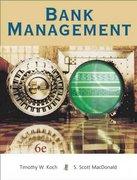Answered step by step
Verified Expert Solution
Question
1 Approved Answer
12.0 14.0 10.0 -4.0 8.0 -2.0 2.0 6.0 0.0 4.0 2002-04-01 2002-11-01 2003-06-01 2004-01-01 2004-08-01 2005-03-01 2005-10-01 2006-05-01 2006-12-01 2007-07-01 2008-02-01 consumer survey on future






Step by Step Solution
There are 3 Steps involved in it
Step: 1

Get Instant Access to Expert-Tailored Solutions
See step-by-step solutions with expert insights and AI powered tools for academic success
Step: 2

Step: 3

Ace Your Homework with AI
Get the answers you need in no time with our AI-driven, step-by-step assistance
Get Started


